The insect SNMP gene family
Autor(es): Vogt Richard G,Miller Natalie E,Litvack Rachel,Fandino Richard A,Sparks Jackson,Staples Jon,Friedman Robert,Dickens Joseph C
Resumo: SNMPs are membrane proteins observed to associate with chemosensory neurons in insects; in Drosophila melanogaster, SNMP1 has been shown to be essential for the detection of the pheromone cis-vaccenyl acetate (CVA). SNMPs are one of three insect gene clades related to the human fatty acid transporter CD36. We previously characterized the CD36 gene family in 4 insect Orders that effectively cover the Holometabola, or some 80% of known insect species and the 300 million years of evolution since this lineage emerged: Lepidoptera (e.g. Bombyx mori, Antheraea polyphemus, Manduca sexta, Heliothis virescens, Helicoverpa assulta, Helicoverpa armigera, Mamestra brassicae); Diptera (D. melanogaster, Drosophila pseudoobscura, Aedes aegypti, Anopheles gambiae, Culex pipiens quinquefasciatus); Hymenoptera (Apis mellifera); and Coleoptera (Tribolium castaneum). This previous study suggested a complex topography within the SNMP clade including a strongly supported SNMP1 sub-clade plus additional SNMP genes. To further resolve the SNMP clade here, we used cDNA sequences of SNMP1 and SNMP2 from various Lepidoptera species, D. melanogaster and Ae. aegypti, as well as BAC derived genomic sequences from Ae. aegypti as models for proposing corrected sequences of orthologues in the D. pseudoobscura and An. gambiae genomes, and for identifying orthologues in the B. mori and C. pipiens q. genomes. We then used these sequences to analyze the SNMP clade of the insect CD36 gene family, supporting the existence of two well supported sub-clades, SNMP1 and SNMP2, throughout the dipteran and lepidopteran lineages, and plausibly throughout the Holometabola and across a broad evolutionary time scale. We present indirect evidence based on evolutionary selection (dN/dS) that the dipteran SNMPs are expressed as functional proteins. We observed expansions of the SNMP1 sub-clade in C. pipiens q. and T. castaneum suggesting that the SNMP1s may have an expanded functional role in these species.
Palavras-Chave: Pheromone; Receptors; Olfactory; Gustatory; Chemosensory; Gustatory; Mosquito; Fly
Imprenta: Insect Biochemistry and Molecular Biology, v. 39, n. 7, p. 448-456, 2009
Identificador do Objeto Digital: 10.1016/j.ibmb.2009.03.007
Descritores: Aedes aegypti - Genome ; Aedes aegypti - Molecular Structure ; Aedes aegypti - Pathogenesis ; Aedes aegypti - Proteins
Data de Publicação: 2009








